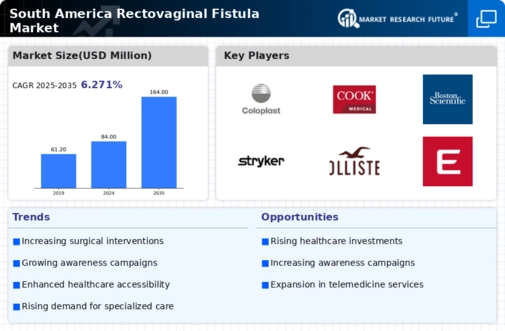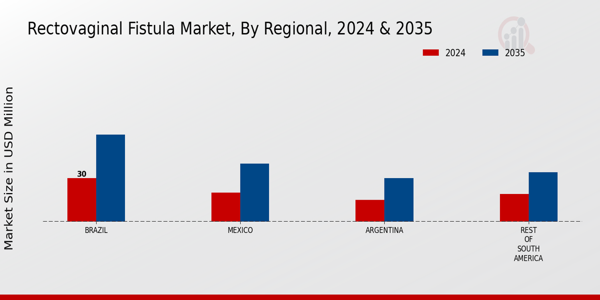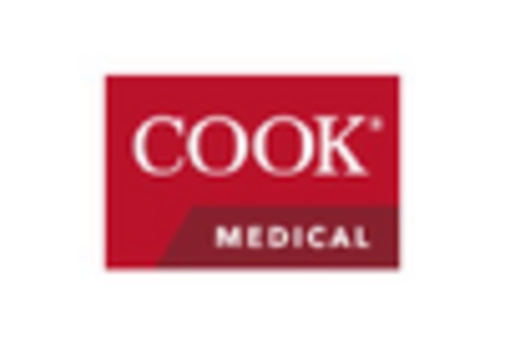The South America Rectovaginal Fistula Market is characterized by a dynamic landscape, shaped by various factors including advancements in medical technology, the increasing prevalence of rectovaginal fistulas due to surgical complications and obstetric injuries, and the growing awareness among healthcare professionals regarding innovative treatment options.
Competitive insights reveal that several key players are strategically positioning themselves to capture significant market share through the introduction of specialized products and services tailored to meet the unique needs of patients affected by this condition. Intensive research and development, collaboration with healthcare providers, and targeted marketing strategies are playing crucial roles in establishing a competitive edge in this niche market.
Coloplast has established a notable presence in the South America Rectovaginal Fistula Market, leveraging its extensive experience in the field of medical devices and wound care. The company focuses on developing innovative solutions that improve patient outcomes while enhancing quality of life. Its strengths lie in a robust product portfolio that includes advanced wound care technologies, surgical products, and support for ostomy care.
Coloplast’s commitment to education, training, and support for healthcare providers in South America helps ensure the effective implementation of their products, making them a preferred choice among clinicians. The company's reputation for reliability and high-quality offerings positions it favorably in a market that demands excellence and innovation.
Cook Medical is another significant player in the South America Rectovaginal Fistula Market, with a well-rounded portfolio of products aimed at addressing the needs surrounding this medical condition. The company offers a range of minimally invasive solutions, including devices and supplies specifically designed to facilitate surgical interventions for rectovaginal fistulas.
Cook Medical’s strengths lie in its longstanding commitment to innovation and its capability to provide comprehensive training and support to healthcare professionals, ensuring optimal use of their products. Recent mergers and acquisitions have further enabled Cook Medical to expand its reach and enhance its capabilities within the Latin American region.
By focusing on patient-centered solutions and innovative surgical techniques, Cook Medical continues to strengthen its competitive position in the South American market for rectovaginal fistulas.




















Leave a Comment